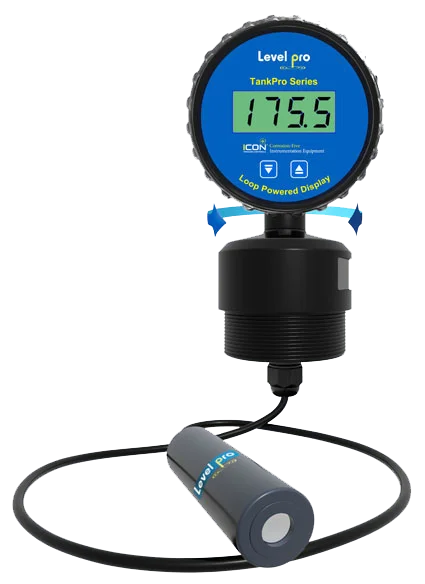Straight Talk On Installing A Chemical Level Sensor

Typical steps for installing a chemical level sensor in a chemical tank are as follows:
Preparing the Tank The first step is to prepare the tank by properly cleaning it and ensuring that it is clear of debris and foreign substances. Before installing the chemical level sensor, the tank should also be inspected for any leaks or damage that may require repair.
Selecting the Suitable Sensor The next step is to select the appropriate sensor for the chemical type and tank environment. Different sensors are designed to function with various substances and conditions. Submersible chemical level sensors, for instance, are a suitable choice for bulk chemicals since they may be completely submerged in liquid without being damaged.
Once the proper chemical level sensor has been selected, it must be installed in the tank. This may necessitate drilling holes in the tank or affixing the sensor to an existing fitting. For reliable readings, the sensor must be positioned at the proper height and level.
The sensor must then be attached to a local or remote controller, which interprets the sensor’s output signal. Additionally, the sensor will need to be calibrated to provide reliable results. This may require altering the sensor’s sensitivity or making other necessary modifications.
Connecting Power and Signal: The sensor requires a power supply and signal output, with 4-20mA signal being the most common output. The output signal from the chemical level sensor is then connected to the local or remote controller, which may be used to monitor and control the chemical level in the tank.
Testing and Maintenance: Finally, the chemical level sensor should be checked to confirm that it is delivering correct readings, and routine maintenance should be undertaken to keep it in good operating condition. This may require cleaning and inspecting the sensor for damage and wear.
It is crucial to remember that the choice of materials for the chemical level sensor has a significant impact on its installation. For instance, chemical level sensors made of PVC or PP are simple to instal due to their small weight, but sensors made of PVDF or stainless steel may require more specialist installation equipment.
Overall, installing a chemical level sensor in a chemical tank requires careful planning, the selection of the appropriate sensor, and adherence to the manufacturer’s instructions. In addition, the sensor requires routine maintenance to provide accurate and dependable readings.
Learn more about chemical level sensors
Please contact us to discuss your application


